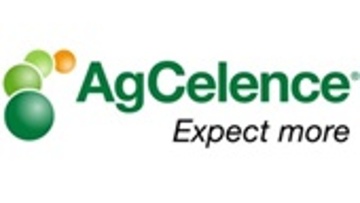How it works – The background science of AgCelence®
BASF scientists have created many of the most important developments in modern agricultural inputs.
One such discovery was the fungicide F500. This active ingredient demonstrated to be a very effective
active ingredient for the control of many important diseases.
Growers noticed that it also seemed to prolong the crop-growing period. Crops stayed green for a longer time. They also seemed to be more tolerant to stress. It was very surprising, but research has shown how
it works. This is how the BASF AgCelence® concept was born. Today we have discovered that also other compounds like Xemium® and Boscalid deliver AgCelence® benefits.
The following diagram illustrates the benefits created by AgCelence®:

AgCelence® is not magic
Its positive influence on crop performance and plant stress tolerance is due to a complex range of physiological effects in the plant, which come from the energy centre of the plant cell.
The BASF AgCelence® benefit acts by blocking electron transport within the mitochondrial respiratory chain.
This reduces the amount of available ATP (adenosine triphosphate) and lowers the cytosol pH.
These combined effects activate the enzyme nitrate reduction.
This is the key to unlocking further plant physiological processes that generate AgCelence® benefits:
- Increased nitrogen assimilation
- Formation of nitrogen oxide (NO) leading to:
- Inhibition of stress-induced ethylene production and
- Increased anti oxidative capacity (or reduced oxidative stress)
But what does this mean in practice?

